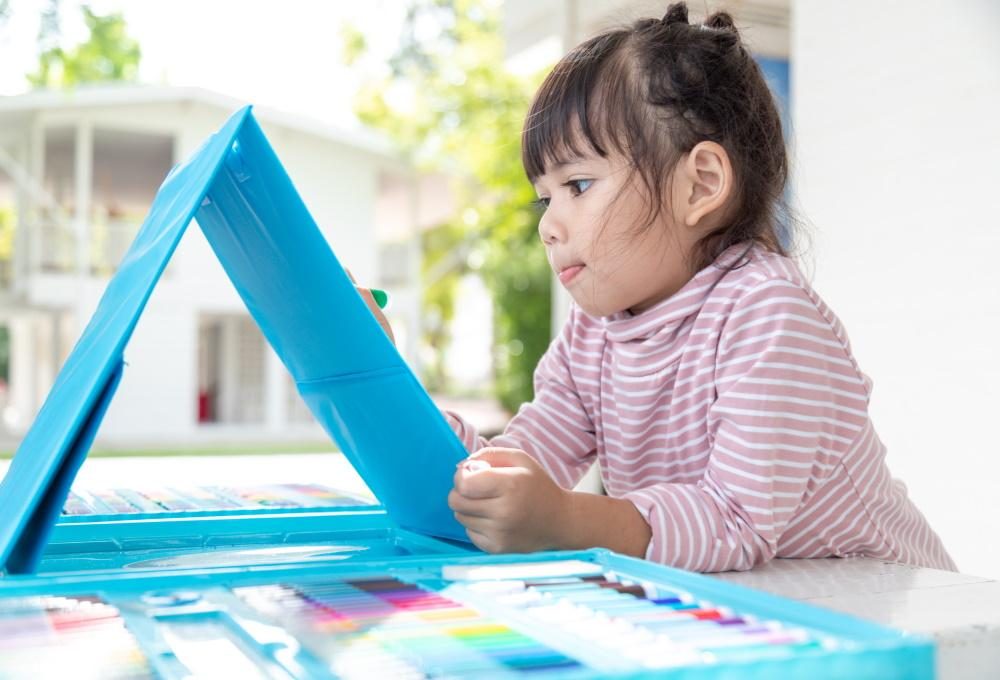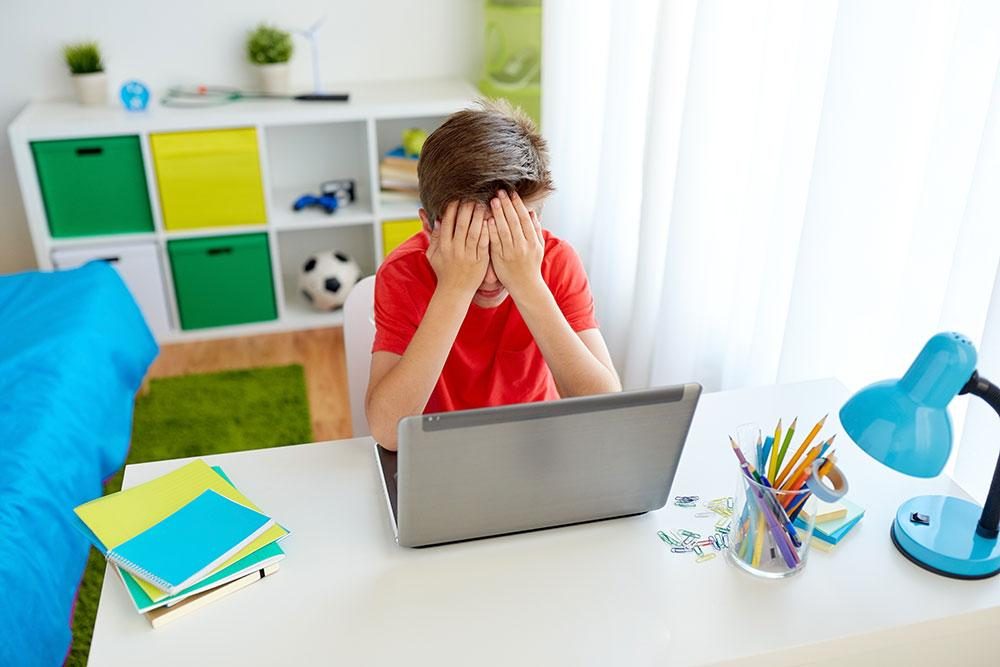Children & Technology Addiction
by on 11/04/2020 ...

Does Your Child have a Technology Addiction?
Technology is growing. They’re everywhere and they aren’t going away. New technologies, led by the Internet are an extraordinary force for good; they revolutionised the way that we do things today; but bear in mind that they’re not designed with children in mind. And without many of us realising it, they’re changing the way today’s children think and focus. It’s not unusual to see two teenagers seated together on a bus, staring down at their iPhones, browsing and texting furiously rather than talking to one another.
The combination of its stimulating content, ease of access, convenience, low cost, visual stimulation, autonomy, and anonymity, is one of the many reasons why many of us, not only children, remained glued to it. We can’t help but go back to it because the experience it provided was unparalleled; it was highly psychoactive. While technology is certainly not all bad, its overuse can pose certain key risks, especially to children.
What Constitutes Technology Addiction?
Technology addiction falls into a category of addiction of what has been described as behavioural addictions, in which a person becomes overly reliant on the use of online devices as a way of coping with all sorts of situations that can cause stress. Several studies have revealed the striking similarities between substance-use disorders and behavioural addictions.
Jerald J. Block, an American psychiatrist in his journal published in The American Psychiatric Association (APA), postulated that internet addiction appears to be a common disorder that merits inclusion in The Diagnostic and Statistical Manual of Mental Disorders, Fifth Edition (DSM-V). Dr Block further argued that internet addiction shares similar key features in terms used to describe alcohol or drug addiction.
What Makes Technology Addictive?
One hallmark of human psychology is that we want to feel that we’re somewhat capable of doing something, independent and having the power to make our own decisions, and above all, we want to feel connected and related to other people. And technology satisfies such social needs with great efficiency. They affect our pleasure systems of the brain, providing some of the same pleasure that some drugs might in so doing. The internet, for example, provides an enormous amount of information at unprecedented speeds. What’s more, they can now be accessed through hundreds of apps on our handheld devices; tablets, phones and watches.
Gradually, we began to feel the compelling need to stay connected at all times. That urge consequently triggers a fear of missing out. Some of us can be very anxious about missing out something if we’re not constantly connected to the world of information and stay informed about something that more often than not, has nothing to do with us on a personal level. The fear of being the last to know of a news story or social happening, is thus what made many of us more dependent on the internet than ever before.
How To Break Free of Technology Addiction
1) Control Your Tech Use (So It Doesn’t Control You)
Keep track of how much time you spend looking at your screen. There’s an app for that; “Moment – Screen Time Tracker.” Next, set a goal for cutting back. The Moment app is able to help with that as well. Nicholas Kardaras, PhD, author of Glow Kids: How Screen Addiction Is Hijacking Our Kids, says “From a treatment perspective, we approach technology addiction like an eating disorder. You can live a happy life abstinent from drugs and alcohol, but you can’t do that with food, and it’s probably unrealistic to think that we can be abstinent from technology.”
2) Schedule A Time For Tech Use
Silence your phone and set an alarm for about 15 minutes. When the alarm goes off, you may look at anything on your phone or computer but for only one minute, then repeat the cycle. As you become more confident and determined, increase the tech-free time to 20 or 30 minutes, or longer, then repeat the cycle.
3) Establish Tech-Free Zones And Times
“Mindful screen usage is when you’re not just reflexively reaching for your phone. You can encourage that by creating screen-free time in your day,” says Nicholas Kardaras. For a start, you may begin by instituting a no-tech policy during meal times. From there, gradually, you may next start designating specific areas in your house; kitchen table and the couch as device-free zones.
What WHO recommends
In a world where children are growing up digital, it’s important that we help them learn healthy concepts of digital use. Parents and educators play a crucial role in teaching these skills. The World Health Organization has recently released its first-ever guidelines on screen time for children. The guidance bears a striking similarity to that of 2016 guidelines from the American Academy of Pediatrics.
“Improving physical activity, reducing sedentary time and ensuring quality sleep in young children will improve their physical, mental health and wellbeing, and help prevent childhood obesity and associated diseases later in life,” says Dr Fiona Bull, programme manager for surveillance and population-based prevention of noncommunicable diseases, at WHO.
The following are WHO’s guidelines on physical activity, sedentary behaviour and sleep for children under 5 years of age.

For more parenting tips, subscribe to our newsletter here.
To get instant updates, LIKE & FOLLOW Kiddy123 Facebook for more!





































